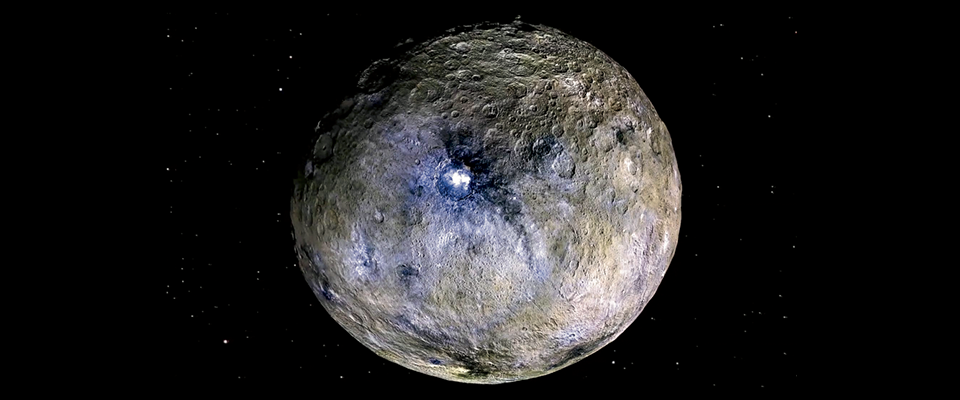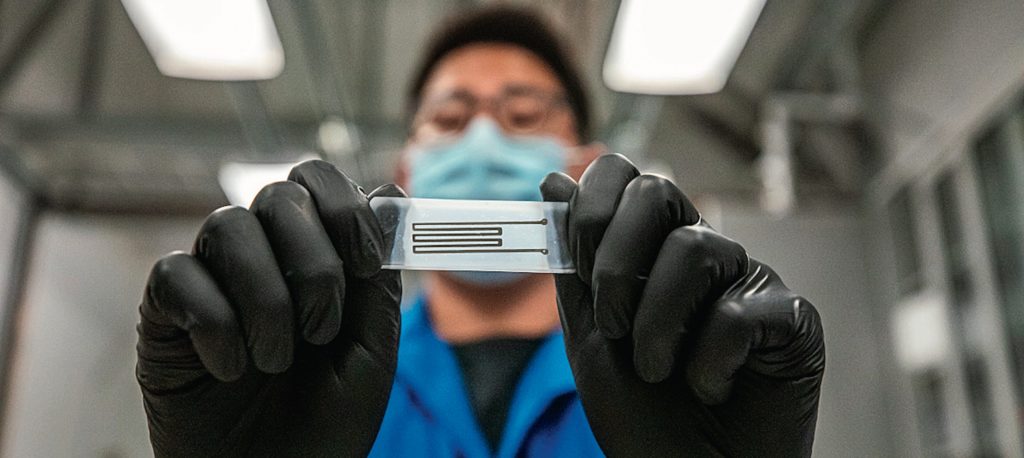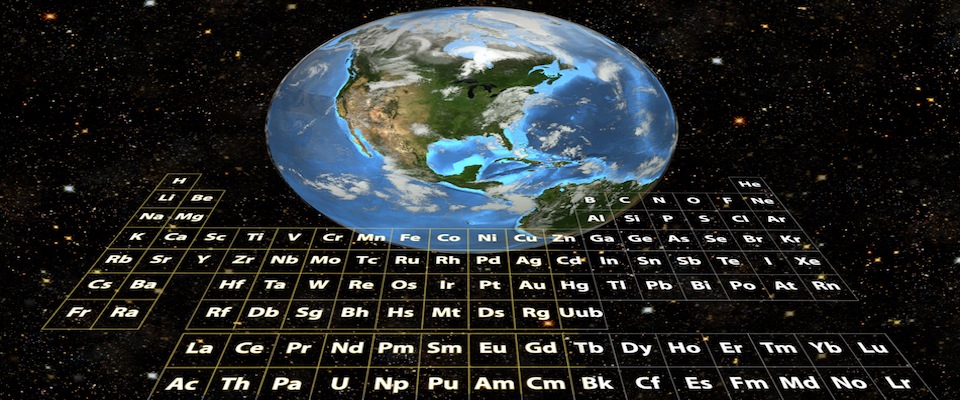Twenty years ago, two chunks of rock plummeted from space. One landed in Texas in March, only yards away from a children’s basketball game. The other hit the ground in Morocco five months later. At the time, no one guessed that the meteorites carried some very unique passengers: crystals embedded with clues to the origins of life on Earth.
Samples were preserved at NASA’s Johnson Space Center, but the technology to analyze them didn’t emerge for nearly 20 years. Now a new study—led by Queenie Chan of The Open University and using technology from Berkeley Lab—has brought the rocks’ properties to light.

As one of the world’s premier soft X-ray facilities, Berkeley Lab’s Advanced Light Source (ALS) is well positioned to examine organic compounds containing carbon, nitrogen, and oxygen. (Soft X-rays are lower-energy X-rays.) Berkeley Lab’s David Kilcoyne provided X-ray expertise to peer into microscopic salt crystals from the meteorites. Inside, the team found something surprising: liquid water and a mix of organic compounds including hydrocarbons and amino acids (needed to form proteins)—the building blocks of life.
Traces of water contained in the meteorite’s crystals are believed to date back 4.5 billion years, to the formation of Earth’s solar system. Drifting untowuched in space, the asteroids formed a chemical time capsule, containing some possible answers to humanity’s origins. It may be that life didn’t spring up from Earth itself, but rather dropped from the sky, making every known life-form the result of cosmic immigration.
The experiments at ALS yielded another important finding: Given the similarity between their crystals, the two meteorites likely share an origin. The dwarf planet Ceres is one candidate because it has a crust of water and salt, and volcanoes to launch material into space. The asteroid Hebe, a common source of Earth-reaching meteorites, is another.
The study raises questions about how matter can be transported through space, especially since this is the first time organic materials and liquid water have been found together in an Earth-impacting meteorite. If a few crystals found their way to Earth, others might have spread out through the galaxy, landing on other planets suitable for life.
Intergalactic colonization is still just a pipe dream for humanity, but perhaps other life-forms have already taken root in the cosmos.





















